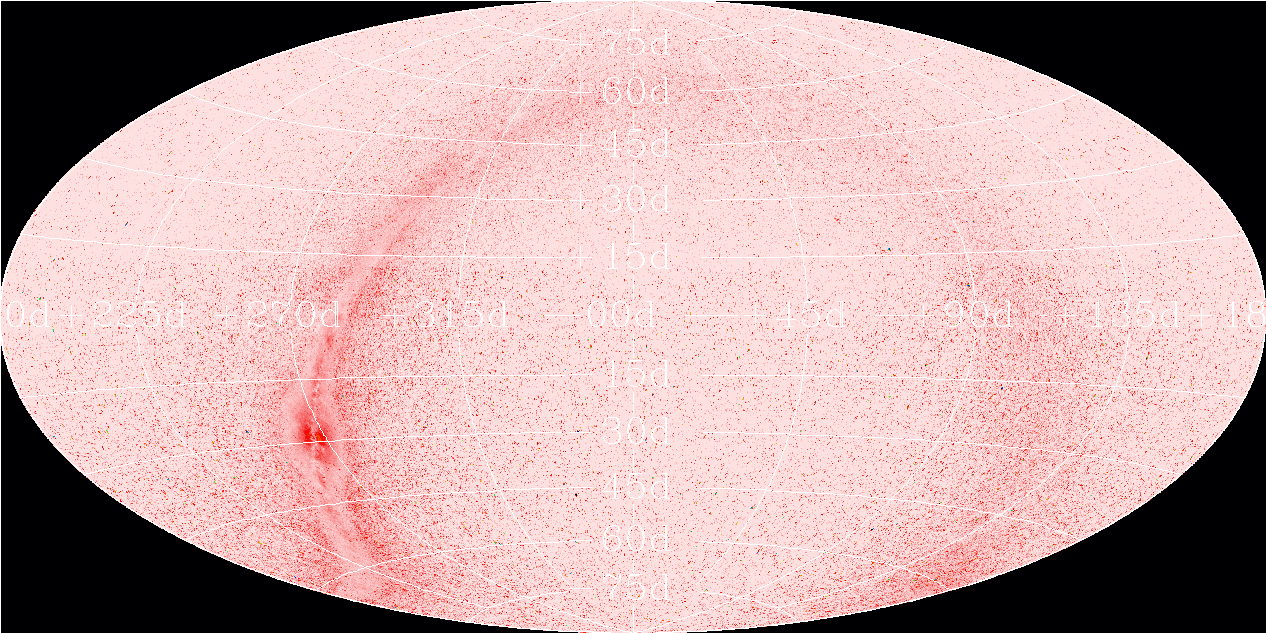Extended Source Spatial Coverage
The spatial coverage of extended sources is limited by the presence of foreground
stars. Bright stars block out large halo and long diffraction spike areas
(see below). The coverage area is computed for each Atlas ("coadd") image
for each band. The typical high |glat| coverage (during the absence of very
bright stars) is >98%, thus representing very good spatial coverage overall.
An example of the coverage for a 2MASS scan is given below.
a. Allsky Coverage Maps
The following images show the XSC coverage for 59731 2MASS 6-deg scans.
Each pixel represents the coverage
in a single coadd image: 8.5X17 arcmin. The color stretch is such that white corresponds
to the best coverage (100%) and black to no coverage at all (0%).
b. Example of Spatial Coverage for a 2MASS Scan
- Spatial Coverage for the southern hemisphere
2MASS scan ("044") observed April 22, 2000. The coordinates refer to the
center of the Atlas ("coadd") image, size 512X1024 arcseconds. The mean
coverage per coadd is specified
by "fj" (J-band coverage), "fH" (H-band), and "fK" (Ks-band), normalized to
unity.
c. Example of the Coverage Toward Scorpious (Antares)
- The J-band Coverage Toward Scorpius & Antares,
where Antares is circled in green. The projection and coordinates are
Galactic.
The coverage toward the 2MASS coadd image
that includes the Antares supergiant is 9.7%, 13.3%, and 25.2% for J, H and Ks,
respectively (i.e., nearly all of the coadd image is masked from the extended
source pipeline; see example of masking below).
d. Example of Bright Star Masking
A few examples of GALWORKS "coverage" maps -- that is,
masked regions. Masked areas are due to bright stars
and their artifacts, bad pixels and low coverage areas
(usually edges). The masks (right panel images) are coded
thusly:
0 == nominal
1 == bright star halo/strip
2 == bright star artifacts (persistence, glints & spikes)
3 == bad pixels
9 == edge or low coverage areas
(note: the small masked "circles" are due to persistence
ghosts and glints, as given by the mapcor purge flags)

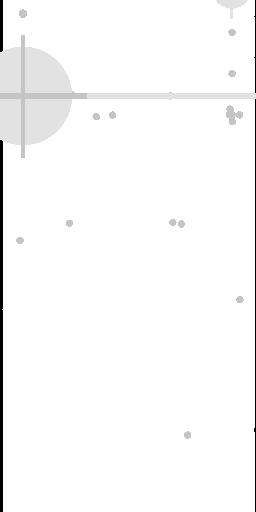

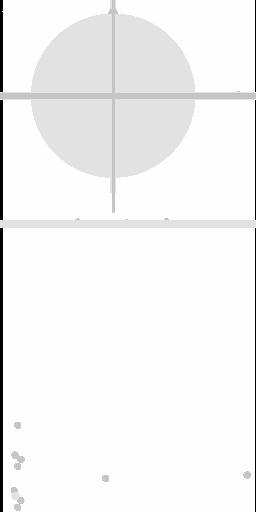

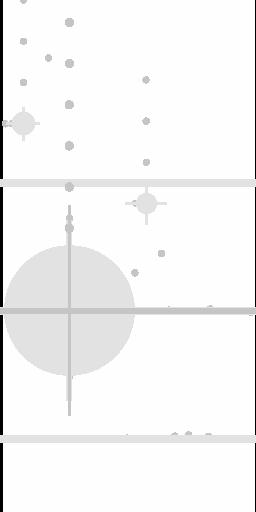

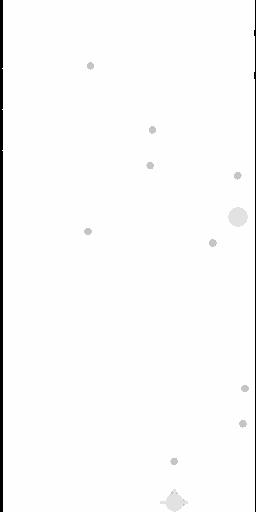
e. PIXPHOT & GALWORKS Coverage
Here is an example of a full GALWORKS coverage cube. The top three panels
show the GALWORKS masking for J, H and Ks, respectively, of
this
Abell 3558 field (J-band coadd). The bottom three panels show the corresponding
PIXPHOT coverage for J, H and Ks, respectively. The darkest grey scales
correspond to a maximum coverage of 7. The typical coverage is 6.
The lighter greyscales correspond to 5 and less coverages.
[Last Updated: 2003 Jan 28 ; by Tom Jarrett]
